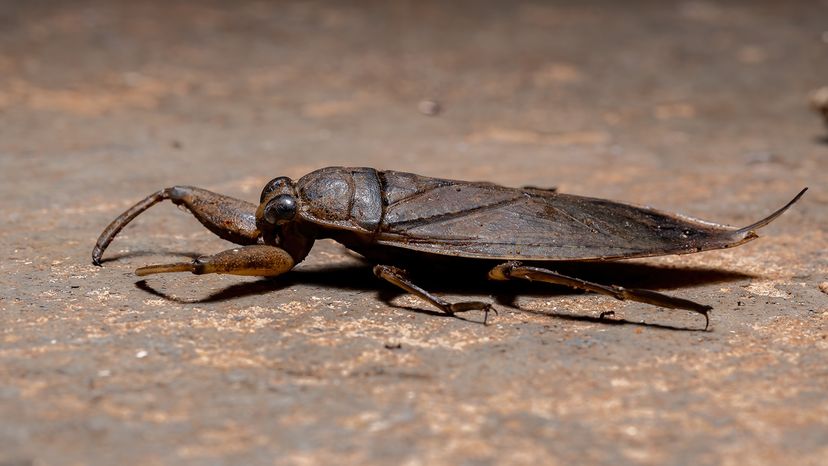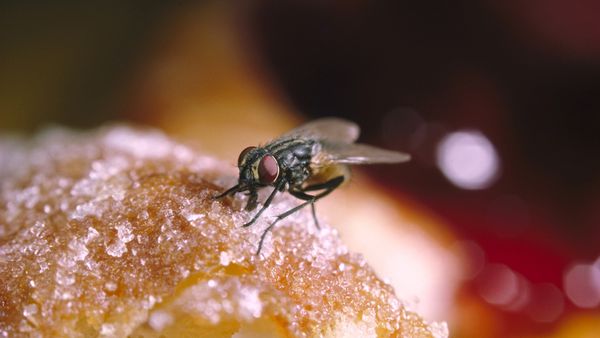Often mistaken for cockroaches or palmetto bugs, water bugs actually aren't even a part of the roach family. True water bugs, including the impressive giant water bugs, are aquatic insects.
Unlike cockroaches, which thrive in damp environments like drain pipes, water bugs are more at home in freshwater ponds and standing water, using their flattened hind legs that resemble oars to navigate.
Another difference between the critters: Cockroaches can survive indefinitely in a domestic environment, whereas water bugs can only survive for a limited time away from their aquatic habitats. This time varies, but it's generally not long-term.
The Great Indoors: Why Water Bugs Come Inside
While water bugs typically live outdoors, they sometimes venture into homes, seeking warmth during cold temperatures.
Seeking shelter and possibly lured by food sources like pet food or food leftovers, these bugs can become unwelcome house guests.
Do Water Bugs Bite?
Although water bugs sometimes bite people, it's a rare occurrence. Still, their presence can be unsettling if you're not big on creepy-crawlies.

